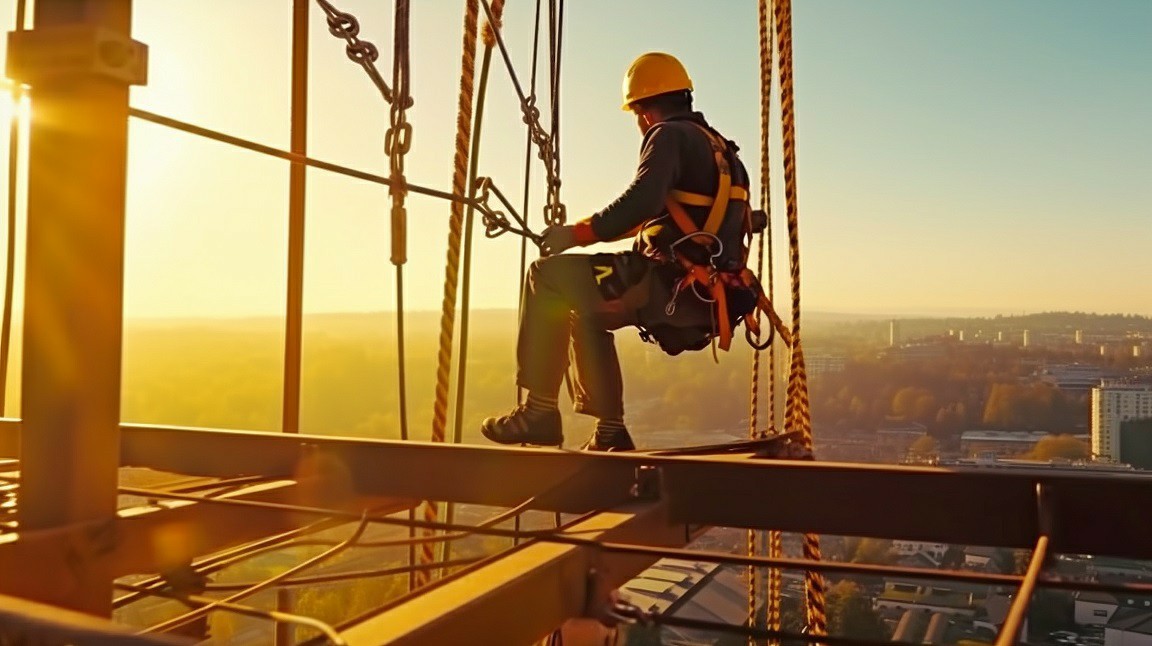


 349,500 Offered Certificates
349,500 Offered Certificates
 24/7 Online Training
24/7 Online Training
 Money Back Guarantee
Money Back Guarantee
 Fully Accredited Courses
Fully Accredited Courses

Created at: 22-02-2025 18:06
Working at heights presents unique risks that can lead to serious accidents if not properly managed. In these situations, having an effective emergency rescue plan is not just advisable, it’s a fundamental requirement. Emergency rescue planning is a vital aspect of Working at Heights safety training that equips workers and employers with the knowledge and skills to respond to emergencies swiftly and effectively.
The need for emergency rescue planning cannot be overstated, especially in industries such as construction, maintenance, and telecommunications. When accidents occur, the seconds saved by a well-prepared emergency response can be life-changing. A strong emergency plan involves:
Self-rescue is a crucial skill for workers operating at heights. It involves training workers in techniques that allow them to safely extricate themselves from precarious situations, reducing the dependency on external rescue teams. Here are some key self-rescue techniques:
Employers play a critical role in ensuring their workforce is safe when working at heights. Here are key responsibilities:
An effective emergency response procedure is vital to minimize response times and ensure effective rescue operations. Key components include:
Here are some industry best practices that companies should incorporate into their emergency rescue planning:
Looking at case studies can provide valuable insights into the successes of emergency rescue planning:
Emergency rescue planning is an essential aspect of Working at Heights safety that can mean the difference between life and death in high-risk environments. By ensuring the right training, establishing clear procedures, and fostering a culture of safety, employers can provide workers with the tools they need to handle emergencies confidently. To integrate effective emergency rescue planning into your safety protocols, consider enrolling in a Working at Heights Course, including options available online for convenience.
For more information on Working at Heights training, visit Ireland Safety Training or contact us at [email protected].